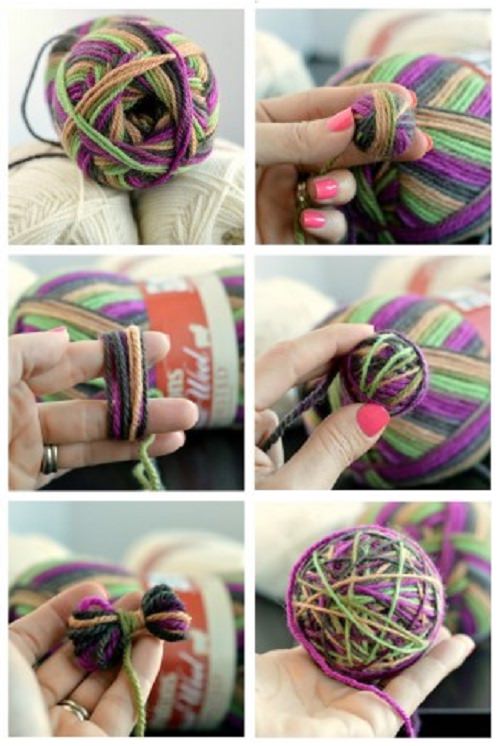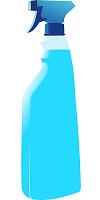Laundry and the dryer are part of everyone's home life, and one of the products most used for this purpose is the dryer sheet. This common household product is laced with fragrances that are basically toxic, and the results are wreaking havoc on people’s nervous systems, leading, in several cases, to neurological diseases like dementia. Although it’s impossible to completely get rid of all the toxins in your environment, it is possible to lessen your exposure to them.
Everybody’s clothes and linens get dirty. Washing and drying clothes and linens is part of daily life. I’m not suggesting that you stop using your dryer. Some people have the time, space and live in the correct climate for drying clothes on a washing line, but most folks make use of a dryer. Many people pop in dryer sheets without thinking, because they make your laundry soft, fragrant and static free. Few people think about what this product contains.
|
| Source |
What happens when you use dryer sheets?
To get your clothes fluffy and smelling of aromatic fragrances, certain chemicals are added to the sheets. These fragrances are known carcinogens and may cause liver damage. Using dryer sheets means your laundry is coated with chemicals, which can easily be transferred to your skin and absorbed. When they get into your bloodstream, they interefere with your nervous system, leading scientists to link these toxins with neurological diseases like dementia and Alzheimer’s. With repeated exposure, you become desensitized to their potency, but your body is not immune.
How come this isn't more regulated?
Regulation of cosmetics is less stringent than with food. New research suggests wearing fragrances is quite similar to eating them. The FDA and other regulation agencies don’t consider cosmetics as much of a health risk because they don’t assume products applied to the skin are necessarily getting into the bloodstream. Consequently, manufacturers vaguely list their ingredients. This assumption is undermined by the success of the nicotine patch, which is applied directly to the skin, and which has been approved as a treatment for nicotine addiction.
|
What’s in my dryer sheets and how does this affect my body?
|
What should I use instead?
Opt for more natural products, organic if possible, that can leave your clothes smelling pleasant without damaging your health. The regulation on the word ‘natural’ is problematic. The best practice is to check the label to see what ingredients are in the product. Another option many people are happy to choose is to stop using them altogether.
Healthy natural products can be expensive solutions and aren’t always easy to find. For the more frugal-minded you can make your ownwoolen dryer balls. They do the same job as dryer sheets. They also halve the drying time and seldom need replacing. Just throw in 3 to 6 of these balls into your dryer, with a few drops of essential oil for a non-toxic fragrance. Below is an illustration showing how you can make your own from non-washable wool. Remember to tie themtightly.

Source: healthylivinghowto.com
|
Commercial and Residential Real Estate | TomGriffey.com | 909-730-3638 | getgriffey@gmail.com | Lic 1155574
Friday, July 24, 2015
The Toxic Effects of Dryer Sheets
Subscribe to:
Post Comments (Atom)

 Alpha Terpineol can cause central nervous system disorders, loss of muscular coordination, headaches and central nervous system depression.
Alpha Terpineol can cause central nervous system disorders, loss of muscular coordination, headaches and central nervous system depression.
No comments:
Post a Comment